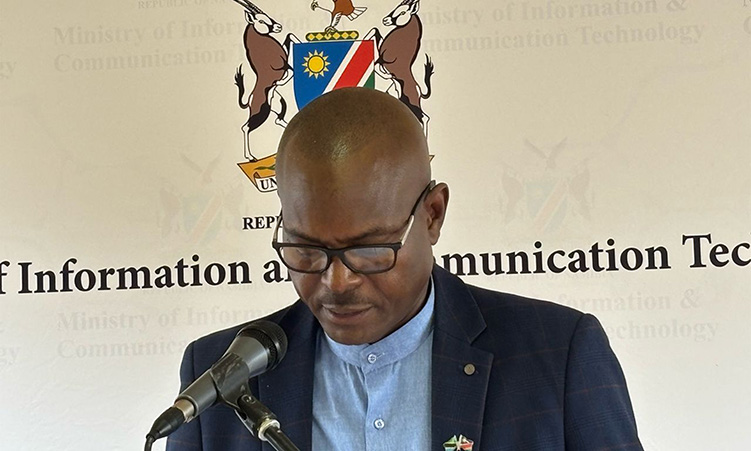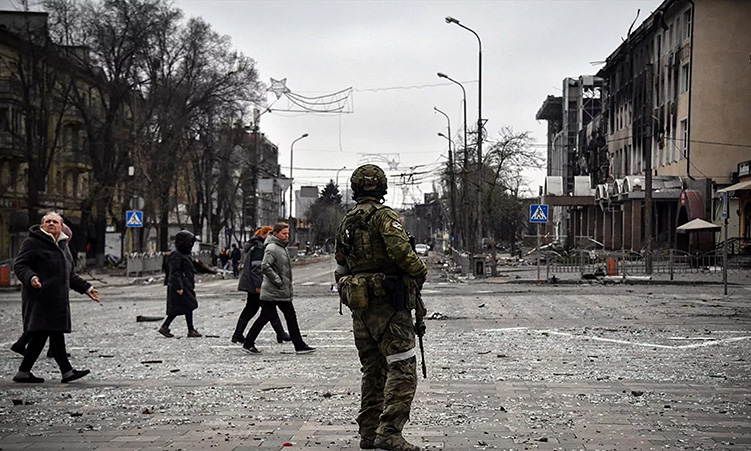BESIDES all the natural treasures of the Erongo Region, like the Namib Desert, Atlantic Ocean, Spitzkoppe, Welwitschias and holiday resorts, there are also real treasures scattered throughout the region that attract hundreds of tourists who are literally on a treasure hunt.
The treasures these particular tourists hunt for are called ‘Geocaches’ and can consist of trivial items to expensive gifts.Geocaching is a high-tech treasure-hunting game played throughout the world by adventure seekers equipped with GPS devices. The basic idea is to locate hidden containers, or geocaches, which are scattered all over the world, and then, once found, the treasure hunters can share their experiences online at www.geocaching.com.There are thousands of photos of treasure hunters showing off their ‘treasures’ on the site, while also commenting on the location, mostly adding a marketing-type spin so as to attract prospective visitors to the area.According to the website, there are nearly 100 000 geocache treasure hunters worldwide in search of nearly 900 000 active geocaches located around the globe.According to a geocache Google map for Namibia, the Erongo Region has the most geocaches by far. There are about 38 geocaches in the region – that’s about as many as there are in the rest of Namibia combined, with many in the Khomas Region, in and near Windhoek, and southern Namibia.Some geocaches are on a Swakopmund beach, in a Henties Bay hotel, at Wlotzkasbaken’s ‘Desert Rocks’; Walvis Bay’s Pelican Point Lighthouse and at Dune 7; as well as at the Spitzkoppe and the Welwitschia fields in the Namib-Naukluft Park.An avid geocacher living near Swakopmund, who wished to be identified only as Kai, told The Namibian about the ‘treasure hunt’ and said that he already managed to locate a cache in Swakopmund near the Alte Brucke.’It was a camera film container with lots of little pieces of paper with names written on. The names were of all those who also discovered the cache. I also put my name in for the next person to find. It’s a lot of fun,’ he said. ‘Anyone with a GPS device can do the hunt.’Kai said that, while most of the caches may seem like unimportant items, he’s heard of one where a set of car keys was apparently left at a specific location. The one who found it, was allegedly a car richer.’This can happen, especially with those who have so much money they don’t know what else to do with it. This is all hearsay of course,’ he commented.How geocaching works, is that participants leave a hint (plus GPS co-ordinates) of a ‘treasure’ in a certain location anywhere in the world for others to find. Once found, the finder in turn leaves a new memento in the cache, and enters something like this on the Internet: ‘Ice-cream bucket with Roman coin found on Dune 7. Namibian Herero doll placed inside. Beautiful venue with views over the dunes and sea.’Kai believes so many of the caches are in the Erongo Region because of the high number of international visitors the region attracts.’Geocaching links people of all countries and backgrounds in a fun project,’ he said. ‘Before going on holiday, these treasure hunters will check the entire country, and plan their itinerary accordingly, to beat the challenge of finding as many of the caches as possible.’
Stay informed with The Namibian – your source for credible journalism. Get in-depth reporting and opinions for
only N$85 a month. Invest in journalism, invest in democracy –
Subscribe Now!










